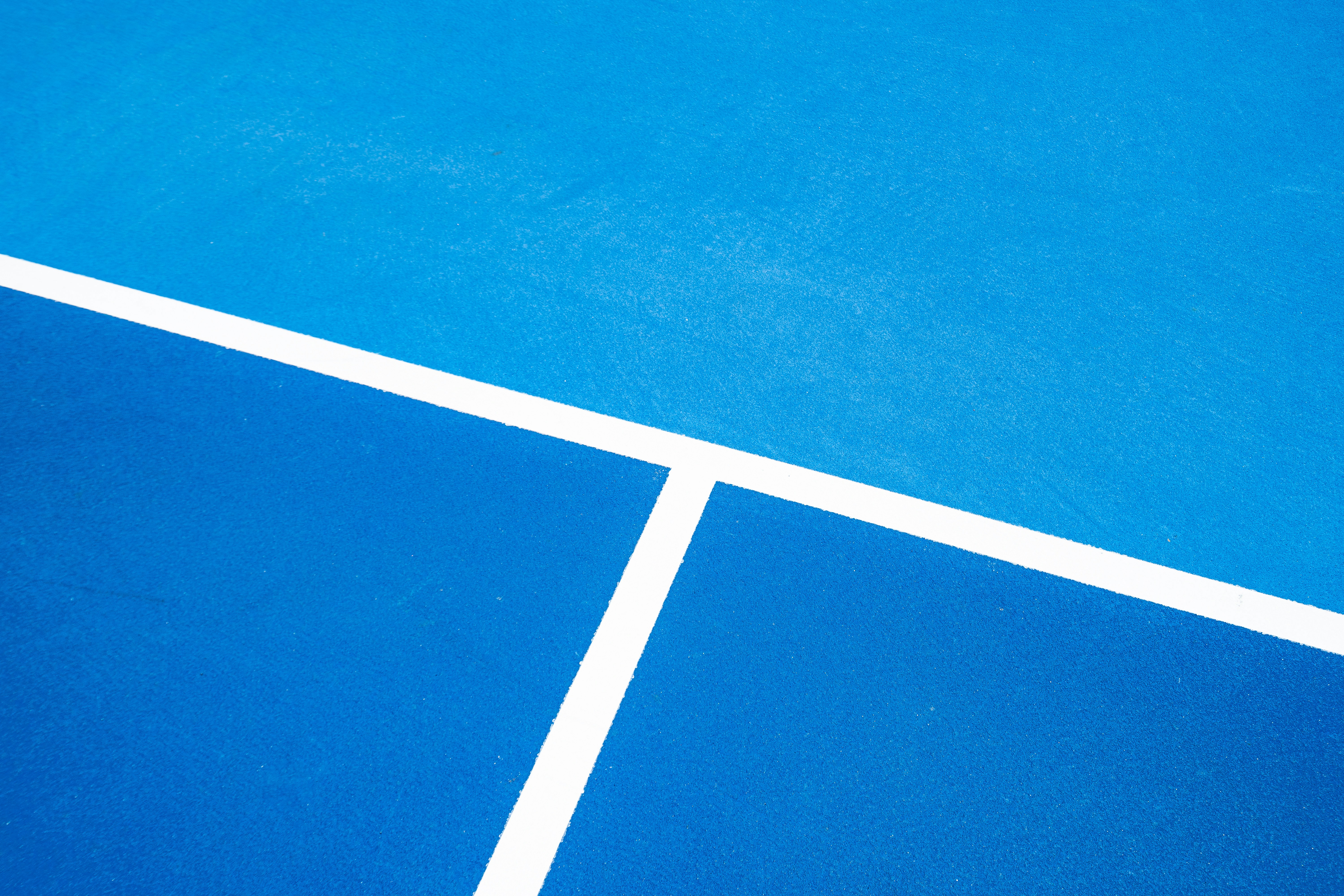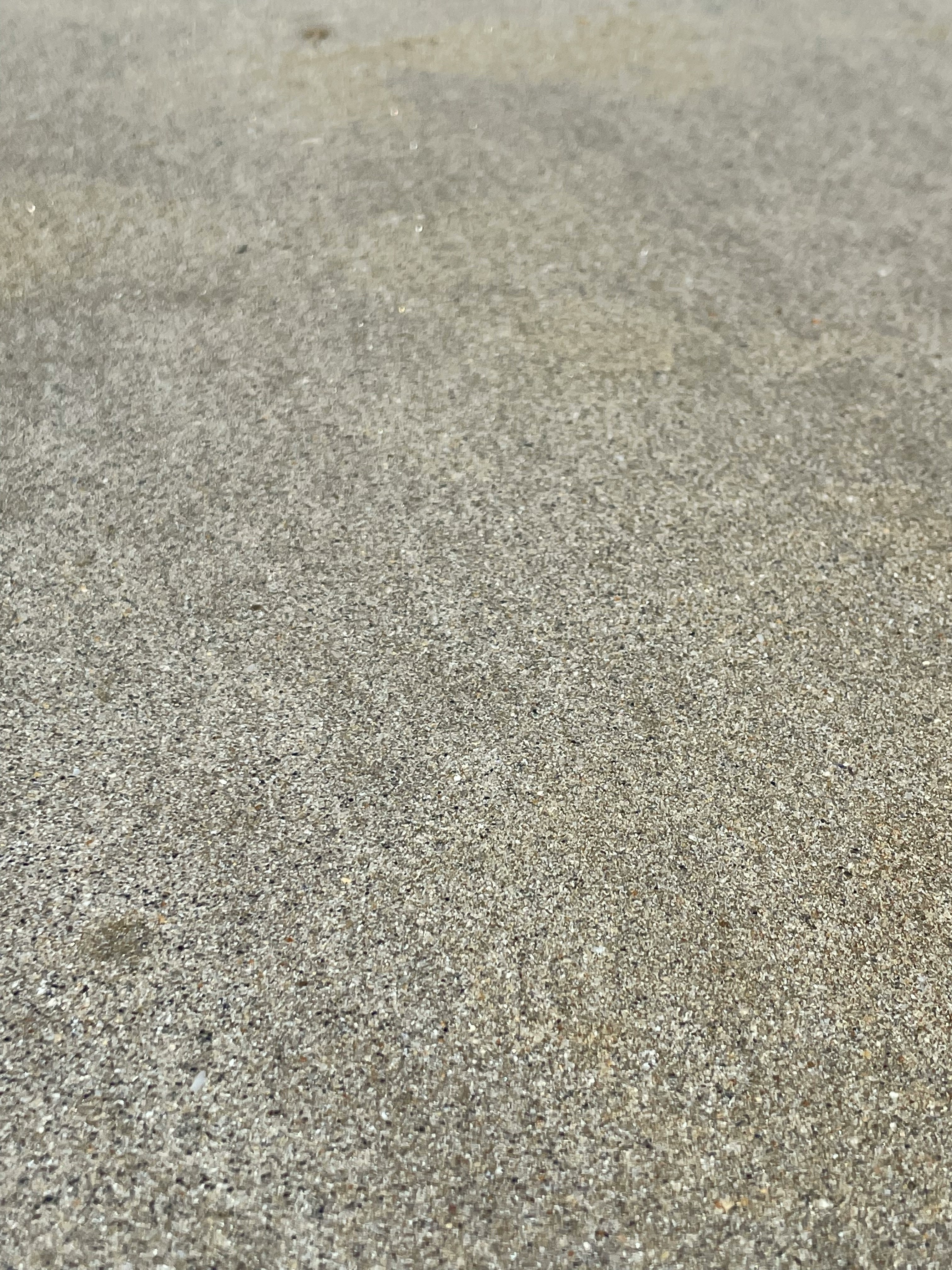· Lob Shot Courts Team · Installation · 3 min read
Adding a Pickleball Court to Your Backyard: What It Really Costs
Wondering what it costs to build your own backyard pickleball court? Here’s a full breakdown of materials, surfacing, and extras so you can plan your dream court with confidence.

🏡 Adding a Pickleball Court to Your Backyard: What It Really Costs
Pickleball isn’t just a trend, it’s the fastest growing sport in the U.S. Homeowners across the country are adding private courts to their properties for family fun, fitness, and friendly competition. But before you grab a paddle, the first question is usually the same:
How much does it really cost to build a pickleball court in your backyard?
At LobShot Courts, we specialize in court installation and surfacing that looks beautiful and performs like a professional build. Here’s what you should know before you start planning.
🧱 1. The Core Cost Breakdown
A standard pickleball court measures 20’ x 44’ for play, but you’ll need at least 32’ x 64’ to give players room to move safely. Once you have the space, here’s where your budget goes:
| Category | Typical Range | Notes |
|---|---|---|
| Site Prep & Grading | $3,000 – $8,000 | Removing grass, leveling soil, adding gravel base. Sloped yards cost more. |
| Concrete or Asphalt Base | $8,000 – $15,000 | Concrete offers longevity; asphalt is cheaper but may crack faster. |
| Acrylic Surfacing System | $4,000 – $8,000 | Multiple color layers for traction, UV protection, and bounce consistency. |
| Line Striping & Marking | $500 – $1,000 | Precision lines define play boundaries and affect bounce accuracy. |
| Net & Posts | $300 – $800 | Permanent posts or removable systems depending on preference. |
| Lighting (optional) | $3,000 – $6,000 | LED fixtures for evening play, also a resale feature. |
| Fencing (optional) | $4,000 – $8,000 | Keeps balls contained and adds privacy. |
💡 Typical total: $20,000 – $50,000 for a professional backyard pickleball court.
DIY setups may cost less, but lack the durability, finish, and precision of a professional installation.
🧰 2. Concrete vs. Asphalt: Which to Choose?
- Concrete: More expensive upfront but delivers decades of low-maintenance play and better bounce uniformity.
- Asphalt: Lower initial cost but may require resurfacing every 5–7 years, especially in freeze-thaw climates.
For most homeowners in Michigan, we recommend reinforced concrete for longevity and weather resistance.
🎨 3. Color and Design Options
Court colors aren’t just aesthetic, they affect visibility and heat absorption.
- The classic combo: blue playing area + green borders.
- Premium designs: custom logo center marks, gradient tones, or surrounding landscaping to integrate the court into your backyard design.
At LobShot Courts, we can match your home’s look while keeping professional play standards.
🧼 4. Maintenance and Lifespan
Once installed, pickleball courts are low-maintenance.
- Sweep debris regularly.
- Power wash occasionally.
- Resurface every 5–8 years depending on usage.
A properly built and maintained court can easily last 30+ years.
🏗️ 5. When It Pays to Hire Professionals
Building a flat, well-drained, and properly coated court requires:
- Laser-level grading
- Expansion joint planning
- Acrylic system layering under precise temperature conditions
These details make the difference between a court that cracks in a year and one that performs flawlessly for decades.
🌟 Ready to Bring Pickleball Home?
Adding a court isn’t just about having fun, it’s an investment in your property’s value and your lifestyle.
If you’re ready to explore your options, LobShot Courts can provide:
- Free site evaluation
- Transparent quote with clear breakdown
- Professional design and installation
👉 Contact us today to discuss your space and budget or visit our Services page to see what’s coming soon.
🏁 Key Takeaways
- Expect $20K–$50K for a professional backyard pickleball court.
- Concrete offers better longevity than asphalt.
- Lighting, fencing, and design options add cost, but also value.
- Hire pros for leveling, surfacing, and line precision to ensure pro level play.
